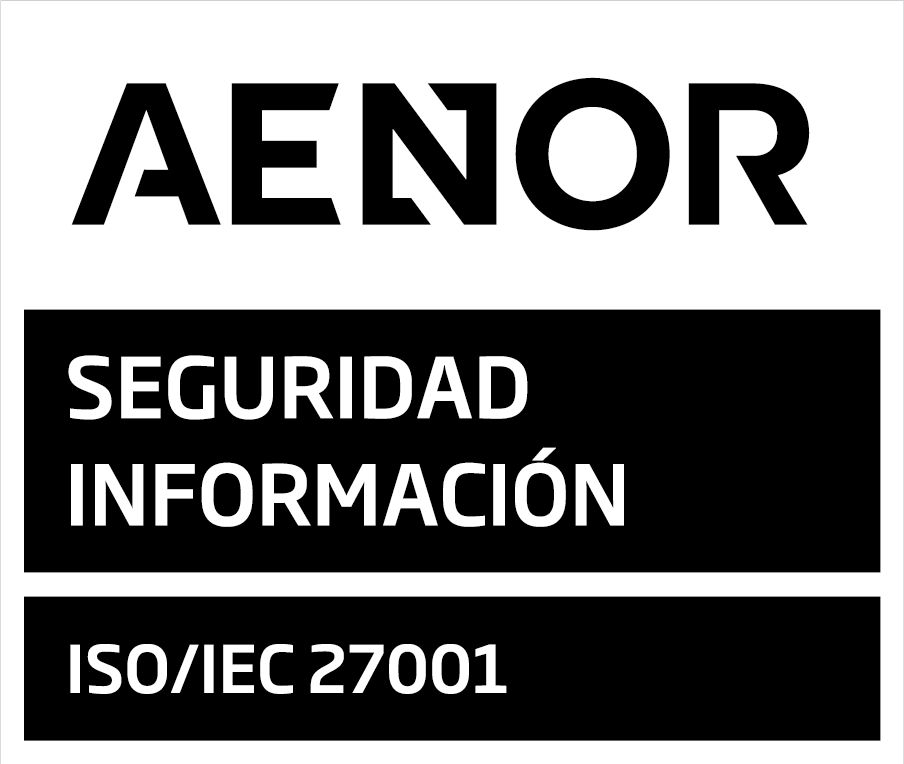

Region
India
India

Type of documents
- Patient database
- Textual information in English
- Common abbreviations in the field of obstetrics
- Personal and clinical data

Project duration
2 months
2 months

Technologies used
- R and Python
- Machine learning, Deep learning
What do we resolve?
Jabalpur hospital needed to increase the efficiency of its resources and improve the obstetrics service, as well as optimise the management of future patients to increase the number of full-term pregnancies.
How do we resolve it?
To address this need, a statistical analysis of a sample of patient consultations at Jabalpur hospital was carried out. This analysis served as a tool to understand the activity performed by the obstetrics team. A set of machine learning techniques, such as logistic regression, random forest and cluster-based analysis, as well as Natural Language Processing were used to pre-process the data.
The data included mainly English texts, but also common, but not homogeneous, acronyms from the field of obstetrics. This entailed a thorough pre-processing of the information in which, in addition to Natural Language Processing, we relied on the expertise of a medical professional specialising in obstetrics.
The data included mainly English texts, but also common, but not homogeneous, acronyms from the field of obstetrics. This entailed a thorough pre-processing of the information in which, in addition to Natural Language Processing, we relied on the expertise of a medical professional specialising in obstetrics.
What results do we achieve?

Detection of risk factors in pregnancy

Calculator of the probability of successful delivery

Pregnancy follow-up classification

Classification according to the medical characteristics of the patients

Study of symptoms related to the different stages of pregnancy

Study of results for the prevention of premature births
We’re here for you
We are certified by:







